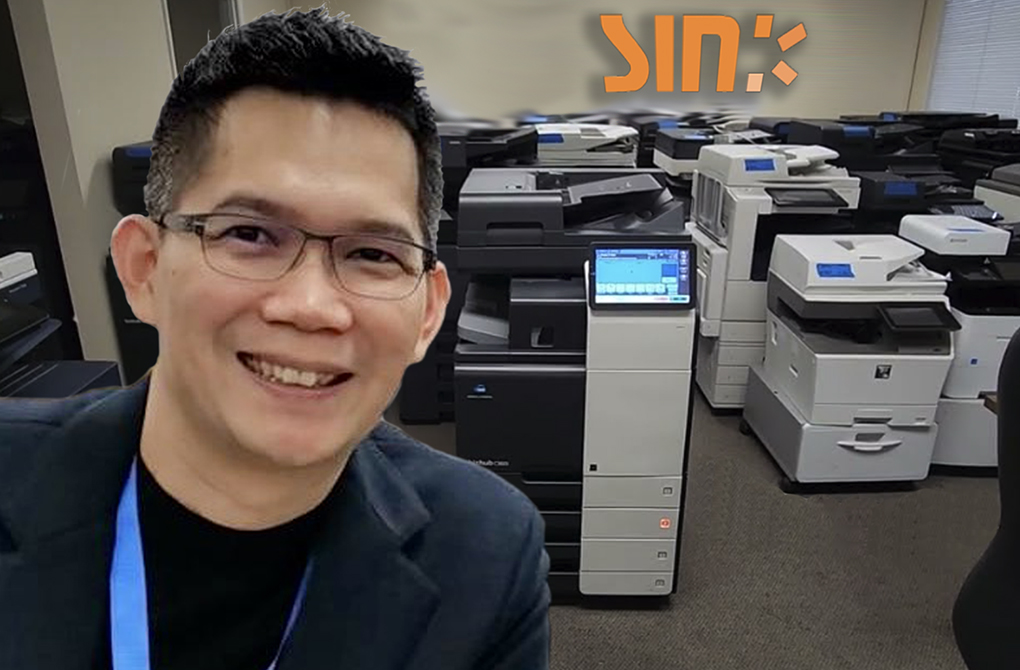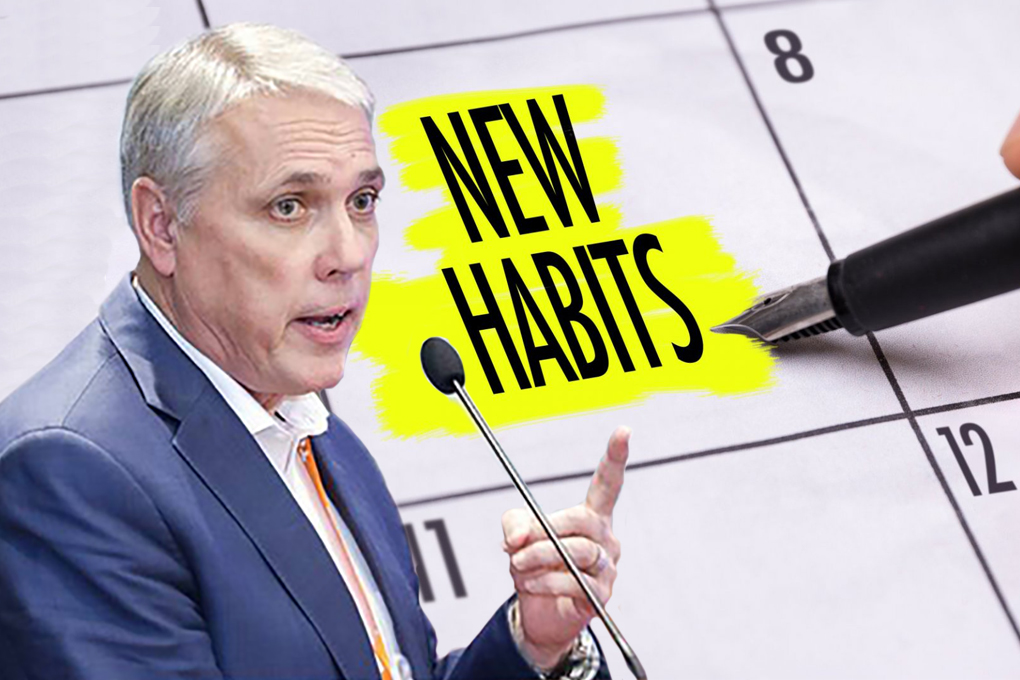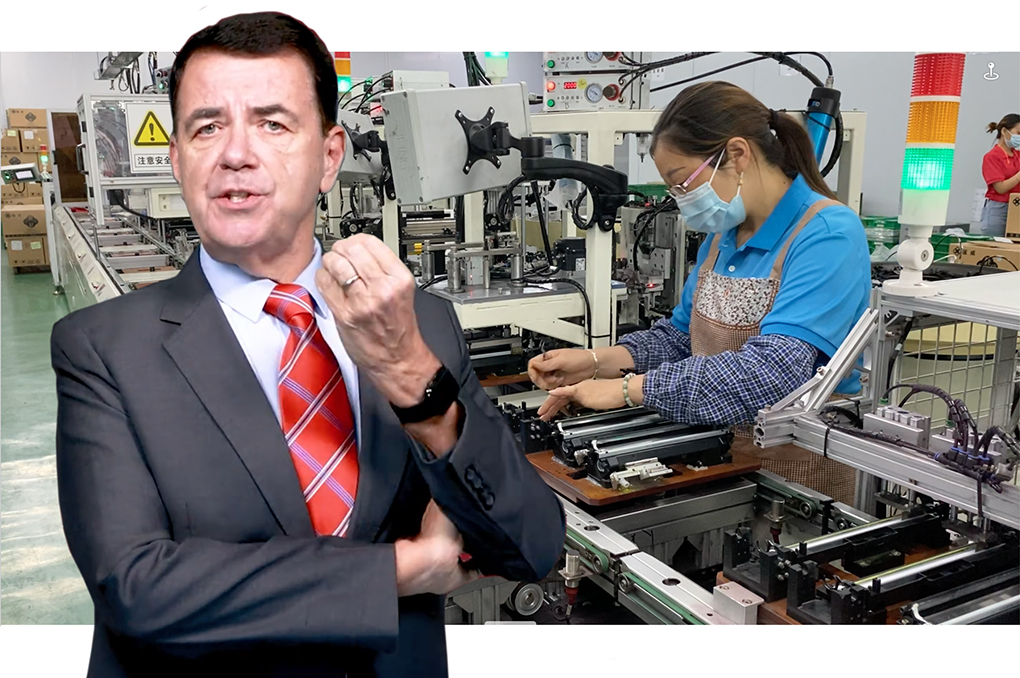Why You Need to Transition Like Netflix
Why You Need to Transition Like Netflix
 History is full of those what might have been moments…
History is full of those what might have been moments…
It was the year 2000 and Blockbuster was a $6 billion dollar giant that dominated the home entertainment business with 9,000 global rental stores.
Netflix however was a 2-year-old mail-order DVD website rental business with losses of $57 million, 100 employees and 300,000 subscribers.
Founders Reed Hastings and Marc Randolph stepped into a meeting room with the then CEO of Blockbuster, John Antioco.
Desperate to strike a deal, Hastings and Randolph made their pitch, suggesting that Blockbuster purchase Netflix, and Hastings and Randolph would develop and run blockbuster.com.
After listening, Antioco said: “How much would Blockbuster have to pay for Netflix?”
“$50 million,” replied Hastings and Randolph, which Antioco flatly declined.
Little by little the world changed, and Netflix not only stayed on their feet. Netflix grew.
By 2010 Blockbuster had declared bankruptcy with just a single store remaining in 2019. Blockbuster had failed to transition from DVD rental to streaming.
Blockbuster’s failure is nothing new, there is a pleather of examples of large organisations failing when their industry shifts.
Kodak and Polaroid failed to adapt from film and paper photographs to digital. Pan-Am didn’t change their business model to compete with low-cost carriers, and Nokia was the world’s biggest phone maker, but ignored smartphone technology, leaving Apple to dominate the market.
Interestingly, even Netflix could still fail if they don’t keep ahead of their competition.
Since launching their streaming service, other competitors have entered the industry. But Netflix has responded successfully, with four massive transitions in just fifteen years.
Initially, they transitioned from DVD by mail to streaming old TV series and movies over the internet, which kick-started Blockbusters slow and steady fall from grace.
Then Netflix transitioned again, from streaming old TV series to launching new original series, like ‘House of Cards,’ produced by external studios.
The next logical transition for Netflix was to build their own in-house studio, rather than license content provided by external studios, leading to award-winning shows like ‘Stranger Things’ and ‘The Ballard of Buster Scruggs.’
One huge transition that happened over a relatively brief time period, was from being a US-centric business to becoming a global company streaming services and entertaining people in 190 countries.
By 2017 Netflix was operating in over 190 countries, and today close to 73 million of its some 130 million subscribers are outside the U.S. In the second quarter of 2018, its international streaming revenues exceeded domestic streaming revenues for the first time. This is a remarkable achievement for a company that was only in the U.S. before 2010, and in only 50 countries by 2015.
Bringing things right up to date. SKY has launched ‘Sky Glass.’ Sky has integrated their steaming service within the TV itself, allowing consumers to purchase the latest TV on interest free credit, whilst signing up to their Sky Glass streaming service, in a closed-loop subscription.
You could call this a fantastic transition by Sky. But not to be outdone. Netflix has transitioned again and made sure they collaborated with Sky, to become a major component of Sky Glass in a win-win.
As business leaders and executive teams, we should be on the constant look out for market trends and opportunities to the transaction, either to keep up with competitors or create a new blue ocean.
Over the years we’ve transitioned numerous times. Initially from a retail business selling printer consumables to a business-focused office supplies company, then to a print solution technology business, which we then developed into a subscription model and added internet office phones.
We’ll no doubt transition some more, as the market changes and as we find better ways to provide office technology solutions to help our customers grow their organisations.
It seems a bit strange, as we’re still in the printer consumables industry, it’s just that we’ve found improved ways to deliver the service to our customers, just like Netflix are doing with streaming.
 Darren Turner’s imaging business success story began in 2003 when he opened a retail store in the UK selling printer supplies to home users & small organisations. Since then he has moved into a business unit, grown his team and continued to adapt to match his customers’ changing needs. He has developed a ‘fit for purpose’ office products and solutions business model that provides certainty of cost and service for small businesses, charities and schools—thus providing them complete peace of mind.Darren Turner’s imaging business success story began in 2003 when he opened a retail store in the UK selling printer supplies to home users & small organisations. Since then he has moved into a business unit, grown his team and continued to adapt to match his customers’ changing needs. He has developed a ‘fit for purpose’ office products and solutions business model that provides certainty of cost and service for small businesses, charities and schools—thus providing them complete peace of mind.
Darren Turner’s imaging business success story began in 2003 when he opened a retail store in the UK selling printer supplies to home users & small organisations. Since then he has moved into a business unit, grown his team and continued to adapt to match his customers’ changing needs. He has developed a ‘fit for purpose’ office products and solutions business model that provides certainty of cost and service for small businesses, charities and schools—thus providing them complete peace of mind.Darren Turner’s imaging business success story began in 2003 when he opened a retail store in the UK selling printer supplies to home users & small organisations. Since then he has moved into a business unit, grown his team and continued to adapt to match his customers’ changing needs. He has developed a ‘fit for purpose’ office products and solutions business model that provides certainty of cost and service for small businesses, charities and schools—thus providing them complete peace of mind.
He has become a trusted advisor for small organisations across the world. Turner invites you to chat with him about your business, reaching out to him on LinkedIn, email or on the phone at +44-7887-548523. Especially on this topic: “Why You Need to Transition Like Netflix?”
Read his other posts and blogs:
- Why We Chose to Build a Subscription Business
- Lucky Punch or Perfect Business Plan?
- Change or Die: Why Every Business Needs to Evolve
- What Lessons can Apple PanAm and Polaroid Reveal?
- Who Will We Sell To When the Machines Take Over?
- How the Rolling Stones Found their Satisfaction
- Shake Up Your World the Murakami Way
- Lead your Team like Genghis Khan: an 11-step guide
- Growing Your Business Like Post-war America
- The Matteo Ricci Strategy to Find Middle Ground
- Giving the Shirt Off Your Back for Quality Price and Ethics
- Good Business Needs Good Writers Too
- Butterflies Bumblebees and Shapeless Boxing
- The Martial Art of Fighting for your Business
- Walking the Plank with Pirates
- Resilience is Knowing When Not to Quit
- My View on the Future of the Print Technology Industry
- Planes Trains and Automobiles (and bicycles)
- Why Procrastinate Today When You Can Put it off Until Tomorrow
- Planting Trees as an Office Solution
Please leave your comments below about Darren’s post “Why You Need to Transition Like Netflix?“













Leave a Comment
Want to join the discussion?Feel free to contribute!